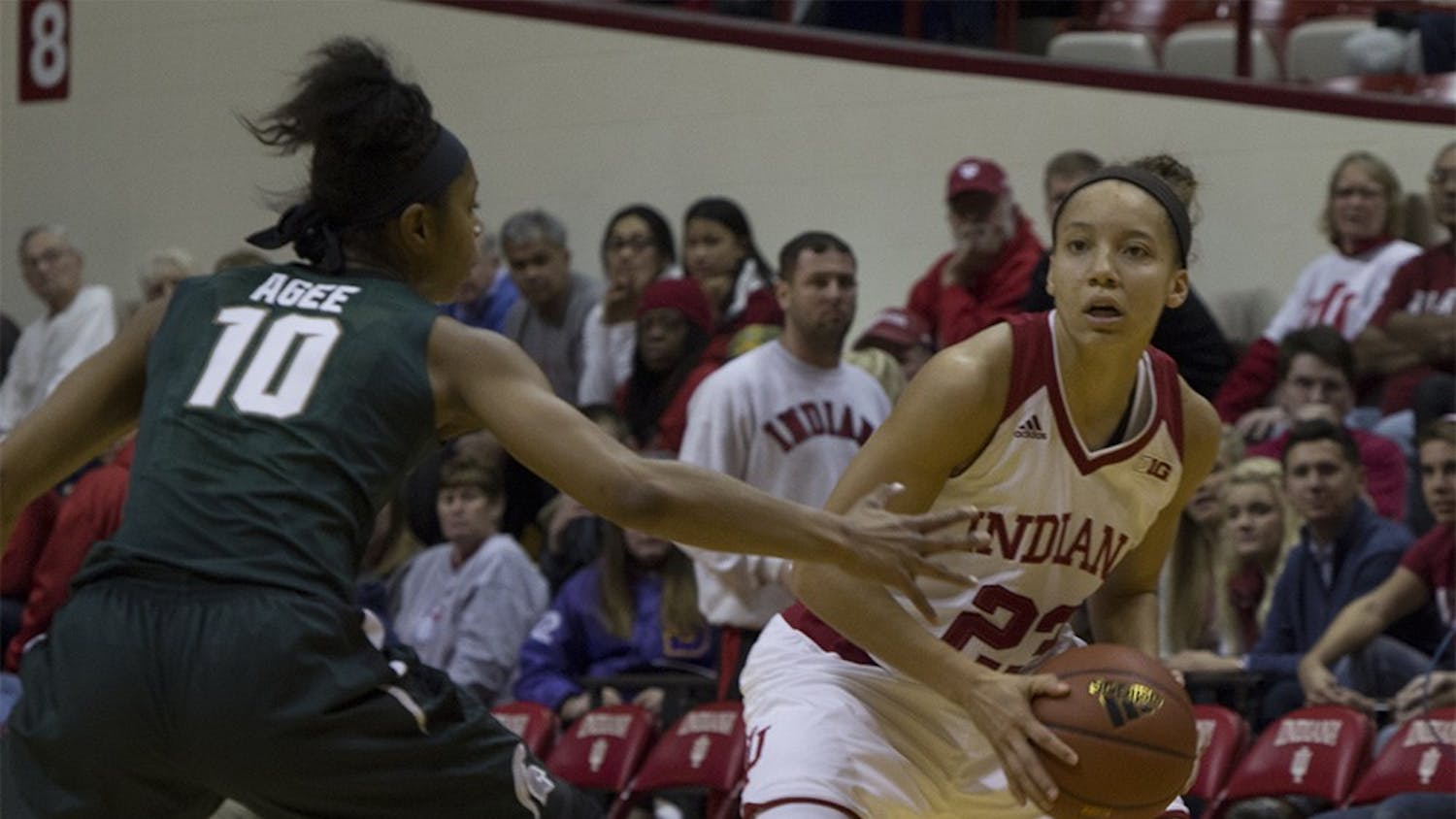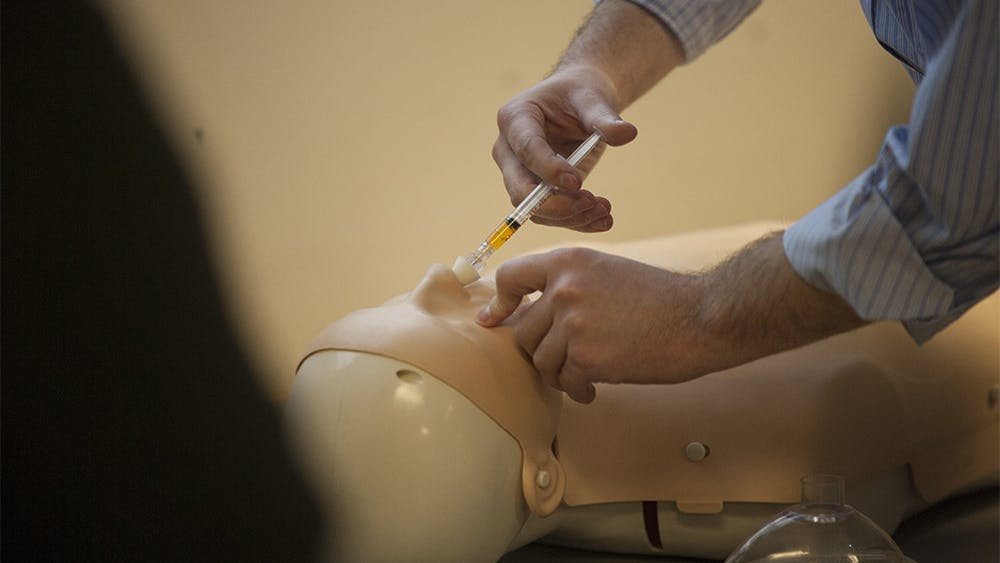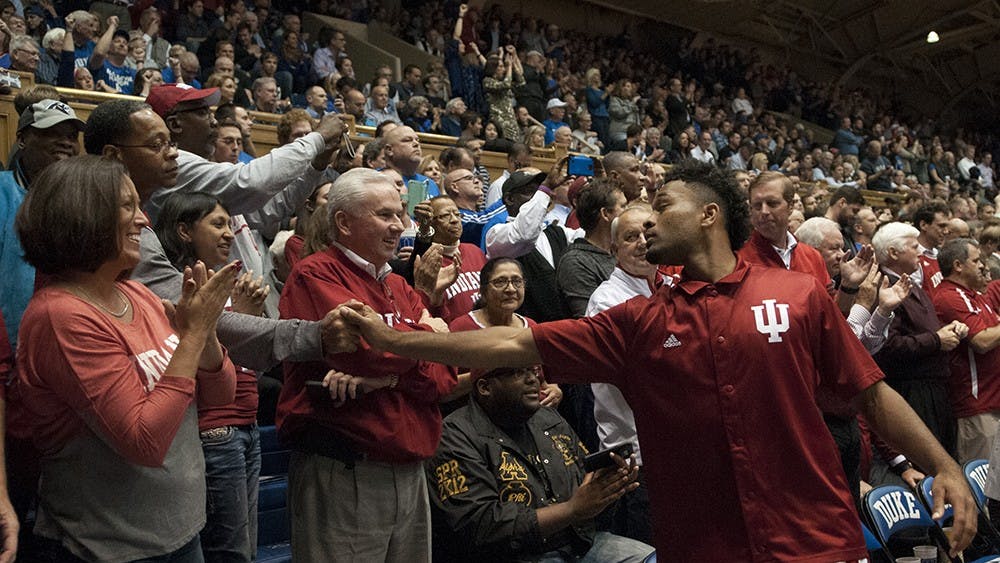Of the 65,929 people living in Bloomington, 41.6 percent of them live in poverty, up from 34.7 percent in 2006, according to a U.S. Census Bureau report released in August.
But the problem is not as bad as it seems, said Jerry Conover, director of the Indiana Business Research Center at the Kelley School of Business, adding that IU students distort those poverty figures.
“It’s not unusual for college students to make under $10,000,” Conover said. The national poverty threshold for an individual in 2007 was $10,590, according to the Census Bureau.
IU students account for a large percentage of Bloomington residents because the Census Bureau considers all full-time students at any university as residents of those cities, said Steve Laue, information specialist for the Chicago Regional Office of the Census Bureau.
Monroe and Tippecanoe counties, home to IU-Bloomington and Purdue University, respectively, typically have the highest poverty rates in the state.
“College towns tend to have very high poverty rates because they include all the people who live there,” Conover said.
Conover said poverty is still an issue but that census statistics often don’t take into account the different lifestyles of the people surveyed.
“I don’t mean to belittle the poverty rate,” he said. “There is no small amount of people living hand-to-mouth.”
While IU students might be a major reason why nearly half of Bloomington’s population appear to live in poverty, a number of economic factors have contributed to the rising percentage.
“The poverty rate seems to be increasing due to factors such as higher costs of fuel, food costs and increasing employment transition,” said Barry Lessow, director of the Monroe County United Way.
Lessow said higher paying jobs with better benefits, such as those in the industrial sector, are departing while lower paying jobs in the service sector, such as retail and tourism, are increasing. He added that for some people who rely on multiple sources of income, those second or third sources of income are evaporating.
“When we lose an employer, they tend to be the larger employers with higher wages,” Lessow said.
Danny Lopez, director of communications for the Office of the Mayor, acknowledged that poverty is an issue as jobs in the manufacturing industry continue to leave the area. Bloomington has taken steps toward economic and physical growth, with efforts such as the Bloomington Technology Partnership and the Bloomington Life Sciences Partnership, Lopez said.
But city officials aren’t ignorant to the problem.
“It’s important that we understand we’re experiencing the effects of the recession that we are going through,” Lopez said.
City poverty rate climbs 6.9 percent
Get stories like this in your inbox
Subscribe





